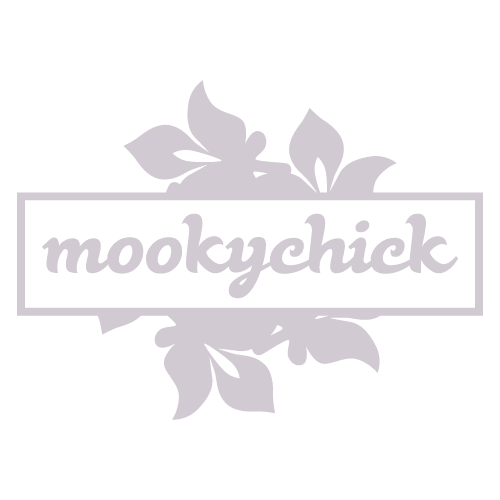Amanda’s Autopsies Taxidermy Workshops

A day at a taxidermy workshop will leave you new life skills and an increased respect for the circle of life.
Since I was a little girl I’ve been fascinated by dead things (though not enough to become a mortuary technician). I’d stare for hours at stuffed animals in the Horniman Museum and dinosaur bones in the Museum of Natural History, because dinosaurs were cool and so was evolution. As a taphophile teenager I’d frequently visit London’s famous Highgate cemetery, the burial place of poet Christina Rossetti, artist’s model Elizabeth Siddal, black communist and justice-fighter Claudia Jones, thinker Carl Marx, sculptor Henry Moore, uber-physicist Michael Faraday and, though it’s hushed up a bit, Sean Manchester, vampire hunter!
Taxidermy art and photo: Amanda’s Autopsies
So, yep, I thought a lot about death. Not as something to do, but as something to meditate on while I was very much alive.
Taxidermy is the preparation, stuffing and mounting of animal skins for the purposes of study or for trophies. You can get some really weird subgenres, like rogue taxidermy (the artful creation of animals that don’t exist, like mermaids and completely wrong unicorns) and anthropomorphic taxidermy, where stuffed animals are arranged to look like people doing human things. Anthropomorphic taxidermy was a favourite of the Victorians.
The taxidermy workshop took place in St. Bart’s pathology museum. A beautiful place.
I was absolutely THRILLED to get a chance to participate in Amanda’s Autopsies, a modern-day workshop for absolute beginners. It’s £50.00 for a whole day and held in the remarkable surroundings of St. Bart’s pathology museum. The other people there were absolutely lovely – twenty (mostly alternative) girls and boys conducting their taxidermy experiments on little trays while drinking coffee and eating crisps (sanitising our hands first, obviously) surrounded by the syphilis-ridden brains, damaged spines in formaldehyde jars and unearthly but beautifully-rendered Victorian illustrations and watercolours of Things That Should Not Be. The pathology museum isn’t open to the public, but if you ever get a legit chance to go, YOU MUST. IT’S AMAZING.
Leanna with Leonardo da Vinci hamster
Amanda showed us exactly how to prepare the hamsters ourselves (yes, skinning. A useful new life skill!), stuff the hammies and try to arrange them into some sort of semblance of life, easier said than done. I can’t sew for toffee, but although I’m no craftsman it turns out that as the first person to finish skinning I’m a master butcher… My tummy-stitches, however, made poor Percival Cheeks look a bit of a Frankenhamster so I had to bend him over to make him look like he was having a rest. The end results were amazing, though – not a single one of us newbies made a mistake that couldn’t be fixed, and many of us had bought little top hats and flat caps (just google or eBay Victorian Doll’s House Accessories) and even a little pair of Leonardo da Vinci paper wings to turn our stuffed hamsters into works of art.
Leanna with Mister Percival Cheeks the Artful Nibbler
You will, of course, want to know where the hamsters came from. Of course you do! It would be wrong not to ask. So, in the interests of transparency: the hamsters are not killed for the purposes of taxidermy. They don’t die a natural death, however: they’re supplied in a frozen state from pet shops where they’re sold as reptile food. If taxidermy was a huge and growing hobby I might consider this a problem, but Amanda’s Autopsies is a tiny niche interest riding off the back of the needs of snake-owners. Everyone has to make their own judgement call, really. You can, off course, work with roadkill, but different animals need to be prepared in different ways so this wouldn’t work as a first-timer.
Thea discovers a new form of transportation for her hamster
At the end of the day we newbies all agreed that there were only two uncomfortable moments: Holding the dead hamster in one’s hand for the first time, and making the first incision. After all, none of us had EVER used a scalpel in anger like this before. We had no idea about the tensile strength of skin or anything! But within moments a fierce concentration on the project had taken over and everyone agreed that focusing on the task at hand made the whole experience of taxidermy very therapeutic, somehow.
I can’t thank Amanda’s Autopsies enough for such a rewarding, happy day with such lovely people, I came out of it with not only Mister Percival Cheeks the Artful Nibbler but also a host of new life skills and a greatly increased appreciation for the meat I consume and respect for the process by which it reaches me.
Amanda is a really nice person. And really helpful too.
Taxidermy art and photo: Amanda’s Autopsies
People will keep asking you where you got that bag…

